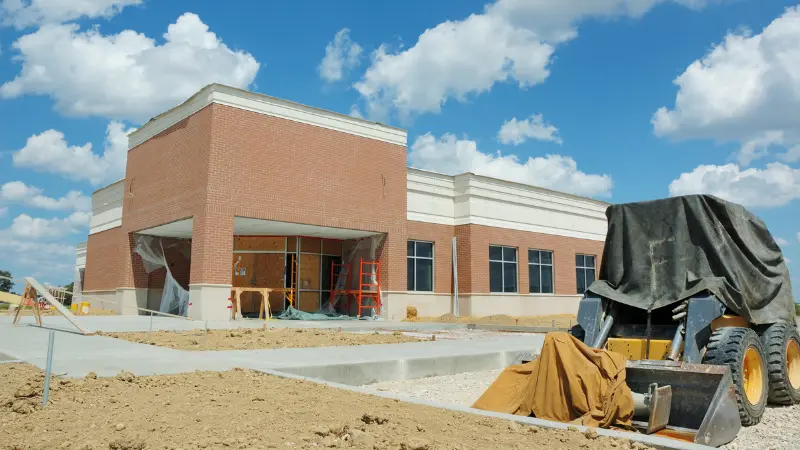
In commercial construction, how you deliver a project is just as important as what you build. Project delivery methods define how teams are structured, how decisions are made, and how timelines and budgets are managed. Among the options available, the design-build method has gained significant traction for its speed, simplicity, and team-driven structure.
Rather than managing separate teams for design and construction, owners work with an integrated group that handles the entire project journey. This streamlined approach fosters communication, reduces risk, and often leads to faster, more cost-effective outcomes.
Design-build is an integrated project delivery method in which a combined team handles both the design and construction under one agreement. The owner works with this unified group throughout the entire project lifecycle.
This structure brings all disciplines together, creating a cohesive process. The design-build team collaborates from the beginning to plan, design, and construct the project.
The process emphasizes early alignment, continuous collaboration, and streamlined oversight. By working as one team from concept to completion, the owner avoids managing multiple vendors or transitions.
Here’s a simplified look at how the process typically unfolds:
The design-build approach continues to gain momentum in commercial construction for good reason; it offers measurable advantages that impact speed, cost, and overall project success.
Here are some of the most significant benefits:
While the design-build method can be applied to a wide range of project types, there are certain situations where it truly shines. Understanding when to choose this method can help owners get the most value from their investment.
Design-Build is ideal when:
By recognizing the right conditions, owners can confidently choose design-build as a project delivery method that matches their goals, risk tolerance, and timeline.
Choosing the right project delivery method is one of the earliest and most important decisions a project owner will make. While design-build has distinct advantages, it’s worth understanding how it compares to other common approaches.
Here’s a quick comparison of the most widely used delivery methods in commercial construction:
|
Method |
Structure |
Speed |
Owner Involvement |
Risk Allocation |
|
Design-Build |
One contract with an integrated team |
Fastest |
Moderate, with clear visibility |
Single point of accountability |
|
Design-Bid-Build |
Separate contracts for design and construction |
Slower (linear process) |
High, with multiple points of contact |
Split between the designer and the contractor |
|
Construction Manager at Risk (CMAR) |
The owner contracts separately with the designer and the CM, who manages subcontractors |
Moderate |
High, with early involvement in pricing |
CM shares risk, but the owner retains more control |
|
Integrated Project Delivery (IPD) |
All parties under one multi-party agreement |
Fast, highly collaborative |
High, with shared responsibility |
Risks and rewards are shared among the team |
When time, budget, and simplicity are top priorities, the design-build method offers a smart, streamlined way to bring commercial projects to life. By uniting design and construction under one team, owners gain faster timelines, fewer surprises, and a single partner committed to delivering results.
Whether you’re planning a ground-up build or navigating a complex renovation, choosing the right project delivery method makes all the difference. At Moltus Building Group, we bring deep experience, strong collaboration, and a commitment to quality into every design-build project we lead.
If you’re exploring options for an upcoming project, contact the Moltus team to talk about how our design-build approach can support your goals, on time and on budget.
Our Design-Bid-Build approach separates design, bidding, and construction into distinct phases, ensuring detailed oversight and transparent cost management. Contact us today to discover how we can streamline your construction project and make your vision a reality.